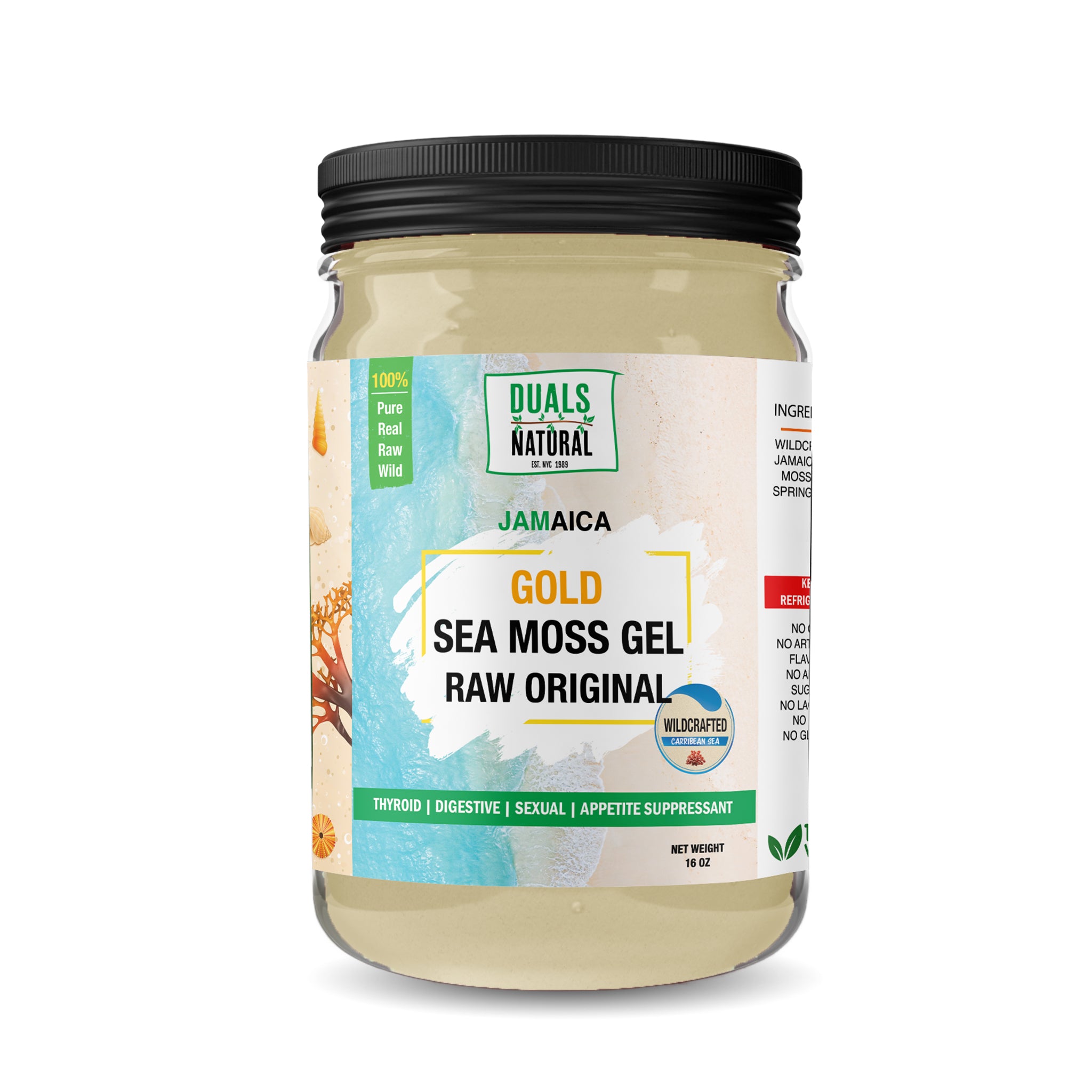

Description
Profile: Hawthorn is a European hedgerow plant with crimson berries and sharp thorns. The berries, often spelled hawthorne, have been used for millennia in Western herbalism. Hawthorn berry is used in jams, cordials, extracts, and herbal syrups.
Details:
Hawthorn leaf, blossom, and berry are heart-healthy. Hawthorn, which supports good cardiovascular function, was cherished for ceremonial and spiritual purposes. Red berries are used as candies, jams, jellies, wines, and cordials also as dietary supplements.
Hawthorn supports cardiovascular health.
Crataegus is a thorny shrub or tree with hard wood and gray bark, tri-lobed leaves, white flowers, and red berries. 280 species are identified, and many are utilized in traditional medicine. C. laevigata and C. monogyna are commercially available. TCM uses C. pinnatifida. Crataegus oxyacantha comes from the Greek words 'kratos' (hardness), 'oxcus' (sharp), and 'akantha' (thorn). In various European countries, especially Germany, hawthorn was employed as a hedgerow. Due to its pale bark, this shrub was called 'whitethorn' C. mongyna is endemic to Europe's northern temperate woodlands and has naturalized in the U.S.
Most commercial hawthorn comes from the UK, Albania, Bulgaria, Romania, the former Yugoslavia, and Poland.
All parts (leaves, twigs, spines, flowers) can be used for fresh tincturing. Remove stems and spines before drying. When fully mature and before the first frost, gather the berries in the fall.
Hawthorn has been utilized since the Middle Ages, according to Greek herbalist Dioscorides. Paracelsus (1493–1541) employed it. Hawthorn was "holy tree medicine" to ancient Druids and was supposed to house fairies when grown with oak and ash. Bringing flowers into the house was unlucky, probably because they brought fairies. Hawthorn twigs and flowers were used in Greek bridal wreaths to symbolize purity and success and to decorate altars to the goddess of marriage, Hymen. Irish lovers seeking hawthorn's blessing danced around it at weddings. The sprigs were used to decorate the maypole during the Beltane ceremony, which honored fertility and renewal. This tree bloomed in May, when summer began.
In European traditional medicine, plants, berries, flowers, and wood were used. The petals were a heart tonic and diuretic, and the berries and leaves formed an astringent tea. The red berries were converted into a brandy cordial. The wood was also carved into boxes and combs and burned to make hot wood fires.
Hawthorn or'shanzha' has been employed in TCM from ancient times, however most previous uses were digestive. It's related with the spleen, stomach, and liver meridians and reflects sweet and sour tastes. It's also utilized to boost the cardiovascular system. In China, the berries are so popular that they're turned into candy akin to 'fruit roll-ups'
Hawthorn is a popular heart tonic. Multiple impacts on the heart. Many regard hawthorn to be emotionally or spiritually transformative. Herbalist Matthew Becker recommends hawthorn for women with "broken hearts" Flower and leaf essences are often used to treat emotional disorders. Hawthorn has a warm, sour-sweet energy.
NOTICE: DO NOT USE THIS PRODUCT IF PREGNANT OR NURSING.
**These statements have not been evaluated by the Food and Drug Administration. These products are not intended to diagnose, treat, cure, or prevent any diseases.
| Ingredients: | Hawthorn Berry |
| Origin: | Bulgaria |
| Shelf Life: | 2 Years. |
| Product Style: | Powder |
| Handling / Storage: | Store in a airtight Food Storage Containers, cool, dry place. |
| Allergen Information: | None Specified. |
Best Sellers
-
 from $9.99
from $9.99Profile: Thyroid | Digestive | Sexual | Appetite Suppressant - Iodine is one of the many minerals found abundantly in sea moss. By consuming sea mo...
View full details -

 $30.00
$30.00100% Pure Raw Wildcrafted Sea Moss PER 50 GRAMS OF SEA MOSS Iodine 360 μg - Which is 240% of your Recommended Daily Intake Iron 4.45 mg - Whi...
View full details -
 $24.99
$24.99Profile: Thyroid | Digestive | Sexual | Appetite Suppressant - Iodine is one of the many minerals found abundantly in sea moss. By consuming sea m...
View full details -

 $9.99
$9.99Blue Lotus flower, also known as Egyptian Lotus or Sacred Lily of the Nile, has it's roots in ancient Egypt (and often linked to Cleopatra); wher...
View full details -
 from $4.50
from $4.50House Blend Garam Masala Traditional North Indian Spice Blend Garam masala, meaning "hot spice blend" in Hindi, is a cornerstone of North Indian ...
View full details -

 from $3.95
from $3.95Premium Egyptian dried Hibiscus sabdariffa flowers, prized for their vibrant crimson color and naturally tart flavor. These whole flower petals are...
View full details -
 from $5.95
from $5.95Premium organic Ashwagandha (Withania somnifera) root powder, meticulously sourced from India and traditionally used in Ayurvedic medicine. This po...
View full details -

 from $19.95
from $19.95Profile: Thyroid | Digestive | Sexual | Appetite Suppressant - Iodine is one of the many minerals found abundantly in sea moss. By consuming sea mo...
View full details























